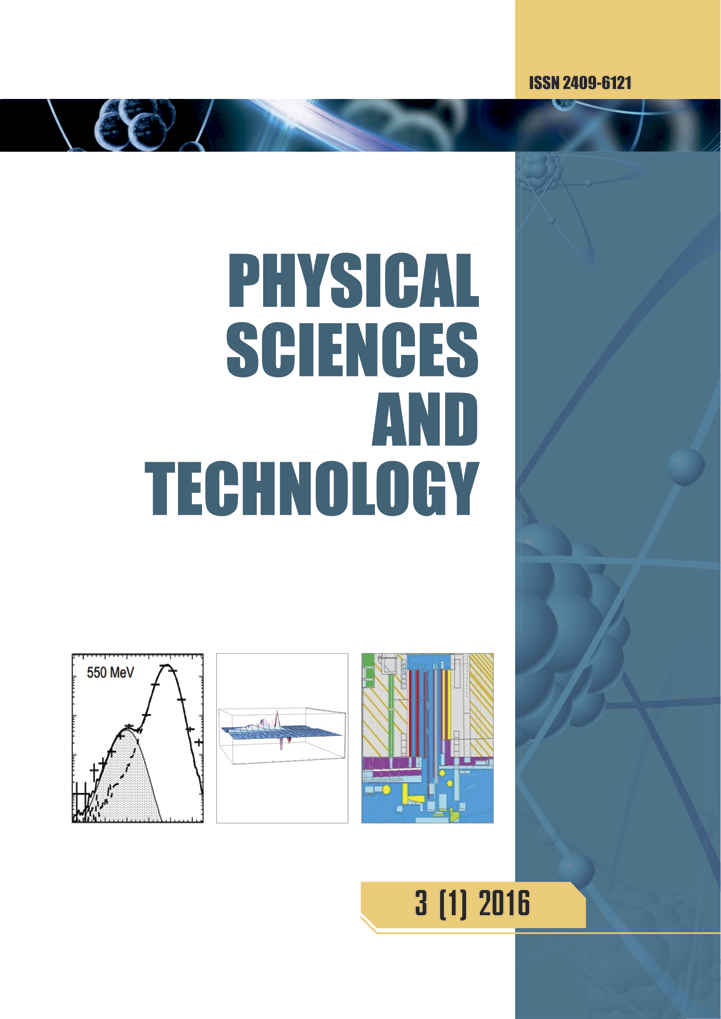Statistical modeling of spray formation, combustion, and evaporation of liquid fuel droplets
DOI:
https://doi.org/10.26577/phst.2022.v9.i2.09Abstract
This article is devoted to computer simulation of the atomization, combustion, and evaporation processes of liquid fuel drops (heptane) at high turbulence. The paper describes the main characteristics and methods of atomization of liquid fuels and shows the types of special devices used in fuel supply injection systems. As proposed in the paper mathematical model of the combustion of liquid fuel injections at high turbulence consists of the laws of conservation of mass, momentum, transfer of kinetic energy, and conservation concentration of the mixture components. Also, when setting up computational experiments, the chemical model of reacting systems, the turbulence model, and the equations describing evaporation, heat transfer, and interaction with the gaseous medium were taken into account. As a result of the computational experiments performed to study the liquid fuel droplets’ injection rate influence on the processes of its spraying and combustion, the optimal combustion mode was established. The obtained data that determine the optimal mode are confirmed by a graphical interpretation of the distribution of temperature fields, the number of combustion products, and particles along the height of the model combustion chamber. These results will contribute to a deep study and construction of the liquid fuels’ combustion theory, and an understanding of complex thermal and physical phenomena in combustion chambers




